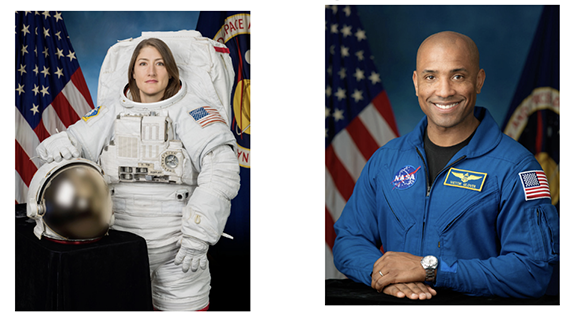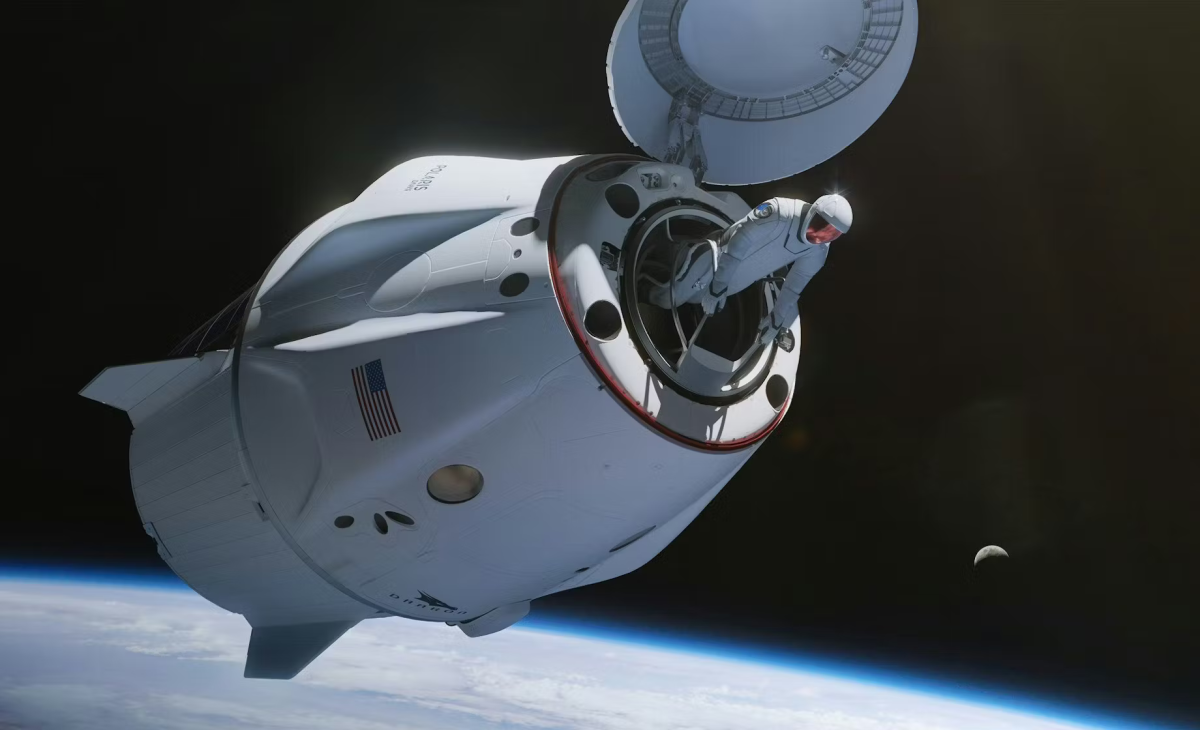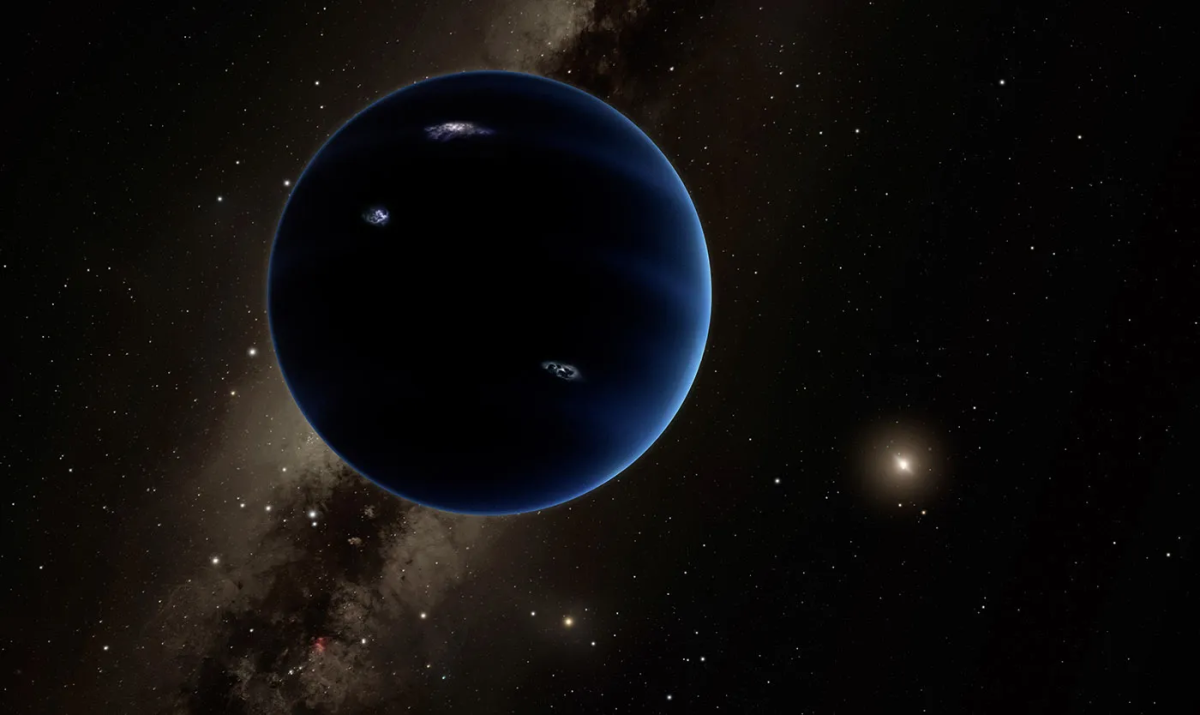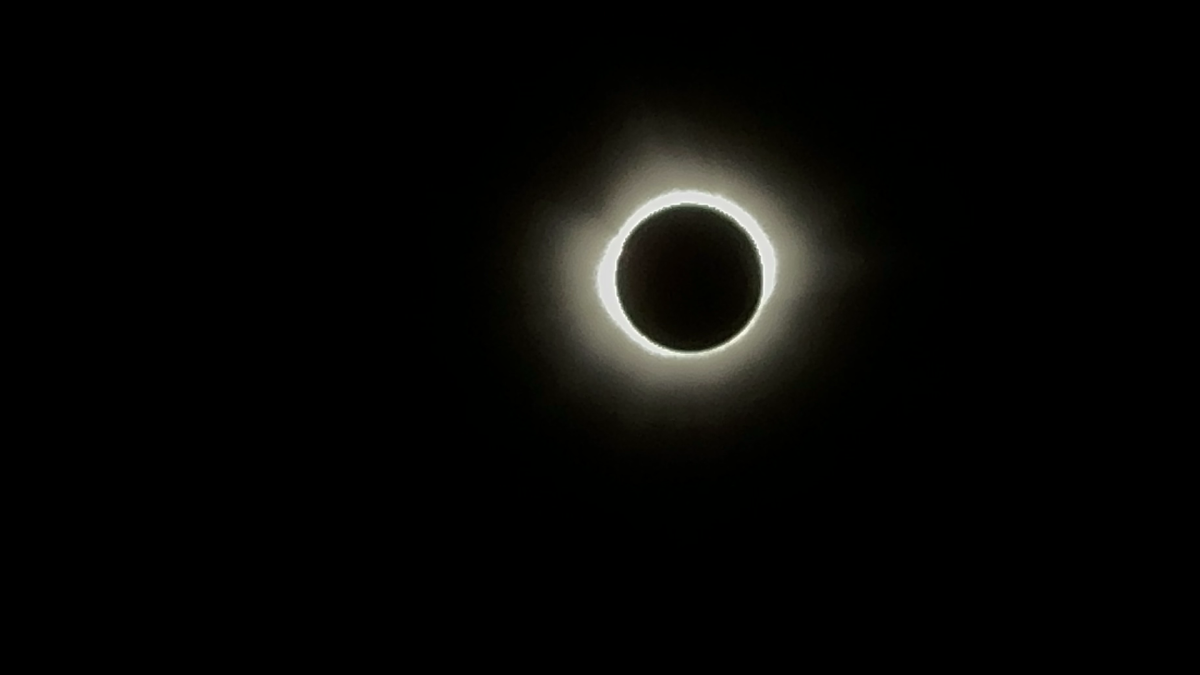NASA is planning to land the first woman and first person of color on the Moon with the Artemis mission.
This is complemented by the hope to establish a long-term presence on the Moon to further their ultimate goal: sending
humans to Mars.
There will be three different rockets involved in this project, with Artemis I having been the first.
This initial voyage to the Moon is meant to inspire the younger generation to explore space and to revitalize the need to discover.
There seems to be at least cautious optimism among students for future investment in lunar travel and exploration. Jack Synder ’26 stated lunar exploration could be beneficial “as we run out of space down here.”
Jaden Li ’25 believed it could provide advancements in “investigating the moon’s structure” and better “uncovering its geography.”
In addition, this mission will attempt to plant the seeds of a lunar economy which could further new industries and create job opportunities for especially skilled individuals.
The initial stage of the Artemis mission is to test the vessels that will be used on their first trip to the moon, the SLS and Orion.
They have tested the SLS’s launching capabilities and Orion’s safety measures for the Artemis crew of four.
The SLS first test launch happened on Nov. 16, 2022. To test its limits, NASA launched the rocket 280,000 miles from Earth before having it return. After this first test flight, NASA plans to create another rocket, Artemis II, to take its crew on a ten-day flight, first orbiting the Earth before changing its trajectory to the Moon.
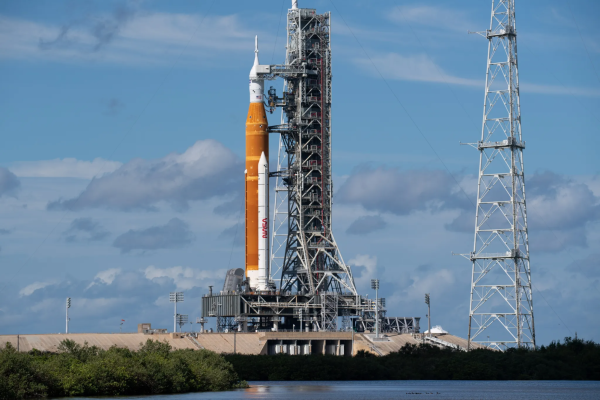
The Orion MPCV is the spacecraft that is utilized in NASA’s Artemis program,
pictured here at the Kennedy Space Center in Merritt Island, Florida.
Then, the rocket will orbit the Moon once before returning to the Earth. This second mission will help collect data and grant the crew members vital experience handling spacecraft.
These two prior missions are intended to gather information to prepare for the final expedition of the Artemis mission – Artemis III.
Artemis III will be the first rocket in 50 years since the Apollo mission to travel to the Moon and land humans.
Of note is that NASA intends to send both the first woman and first person of color to the moon with this mission, Christina Koch and Victor J. Glover.
This stage of the mission will utilize three new pieces of equipment: Gateway – the Human Landing System – and the Artemis Base camp.
The Gateway will be used to transfer astronauts from Orion to their moon lander, while the Artemis Base camp will be a place for astronauts to live on the Moon.
The Human Landing System will also transport astronauts to and back from the Moon.
With this final mission, NASA will be able to use the information gathered to further their research in the hope of eventually being able to send the first humans to Mars.
These missions are intended to inspire a new generation to voyage into deep space and learn about the unknown.
As stated by Colleen O’Rourke, a science teacher at Riordan, “When humans last landed on the moon, we hadn’t even invented calculators yet. With the level of technology that has advanced in the time since, we likely will learn a lot more about the formation of the moon, the Earth, and the solar system in general.”
The Artemis missions will lead the way in the pursued interest in space exploration and hopefully pave the way for new discoveries to be made about the universe.

